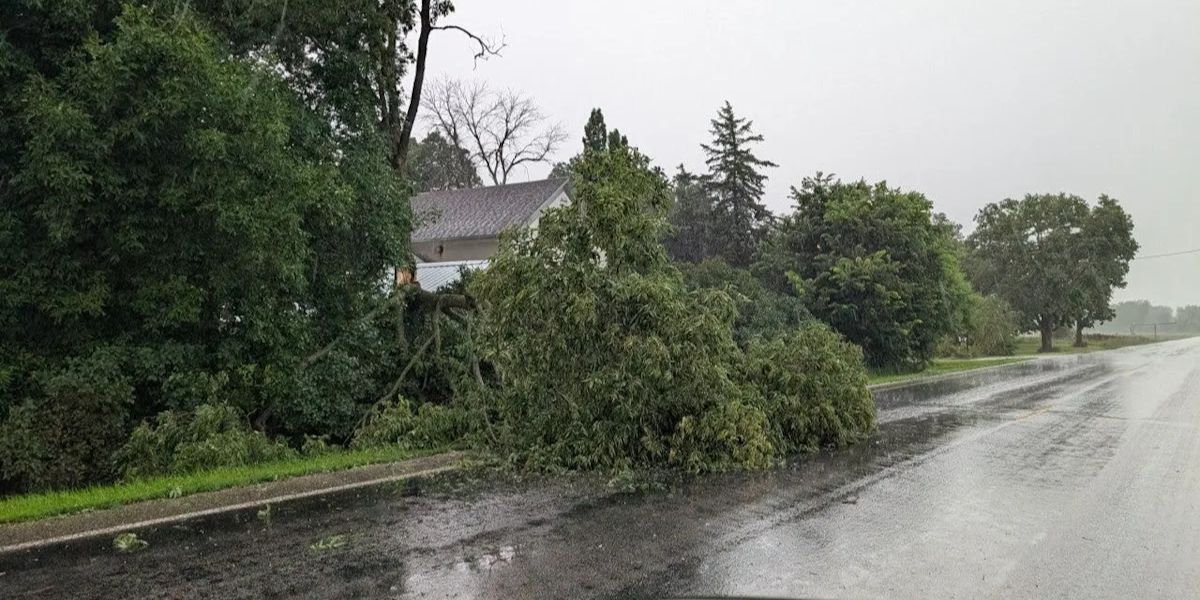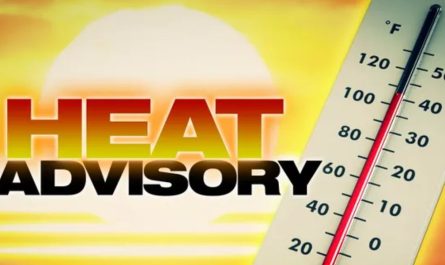Strong to severe storms swept across the southern half of Minnesota on Monday evening, bringing damaging winds, heavy rain, and flash flooding to several communities. The storms moved into the Twin Cities metro late in the evening, following a day of intense heat and humidity.
Severe weather struck the west-central part of the state around 7:30 p.m., with wind gusts reaching up to 60 miles per hour. A flash flood warning was issued for Stevens County, remaining in effect until 9:15 p.m. The storms, which developed earlier in the west, carried threats of damaging winds, hail, tornadoes, and localized flooding.
In the Twin Cities, heavy rainfall led to flooded roads and stranded vehicles in multiple locations. Roseville police reported three cars trapped by floodwaters, and downed trees were reported in Minneapolis and Robbinsdale.
Earlier in the day, the southern part of the state was under a heat advisory from noon to 8 p.m., with heat indices in some areas exceeding 100 degrees. Though the Twin Cities were not included in the advisory, temperatures approached 90 degrees. Due to the extreme heat, the Minneapolis Park and Recreation Board closed its non-air-conditioned 40th Street and Morris recreation centers at 6 p.m.
Sunday’s storms had already left a significant impact, knocking out power to approximately 80,000 customers. As of Monday afternoon, nearly 20,000 people in the Twin Cities remained without electricity. Xcel Energy officials warned that full restoration may not be completed until Wednesday in some areas.
Relief is on the way, however. A cold front will move in Tuesday, bringing cooler and less humid air. Highs will remain in the 80s, and a stretch of mild, partly cloudy days is expected through the weekend.
Still, another concern looms. The Minnesota Pollution Control Agency has issued an air quality alert for Tuesday and Wednesday due to incoming wildfire smoke from Canada. Northern Minnesota will see unhealthy air quality Tuesday, while central Minnesota will experience conditions harmful to sensitive groups. By Wednesday, the smoke could extend further south, bringing hazy skies and a noticeable smoky odor to more parts of the state.




